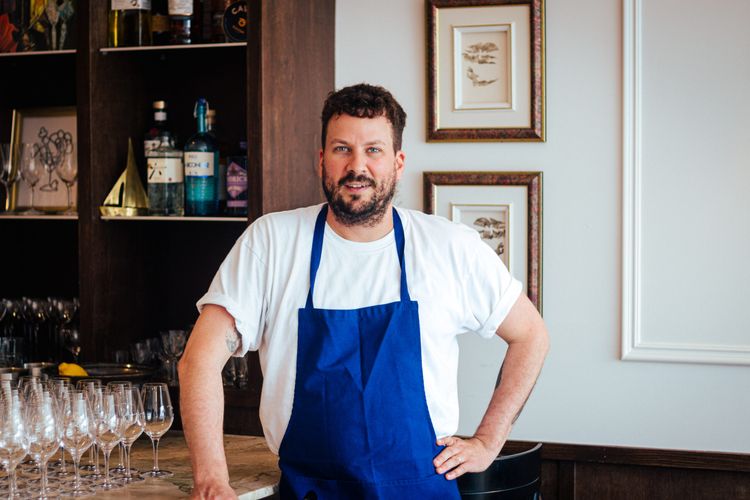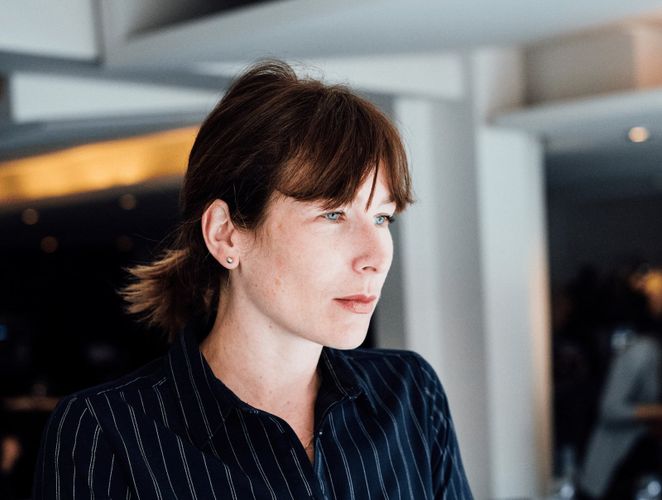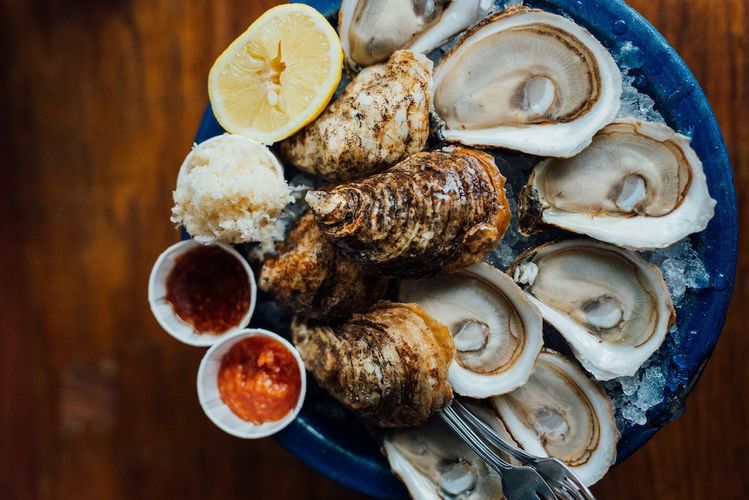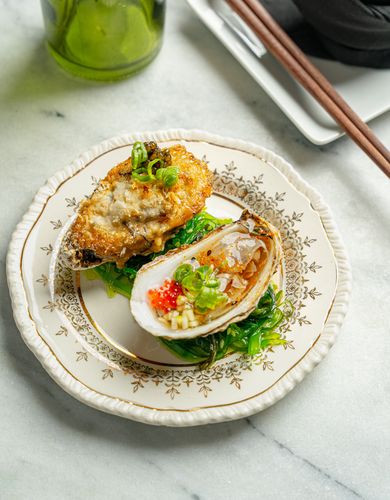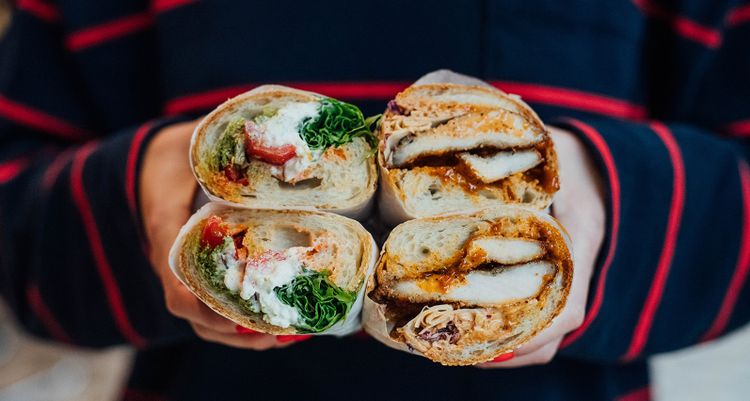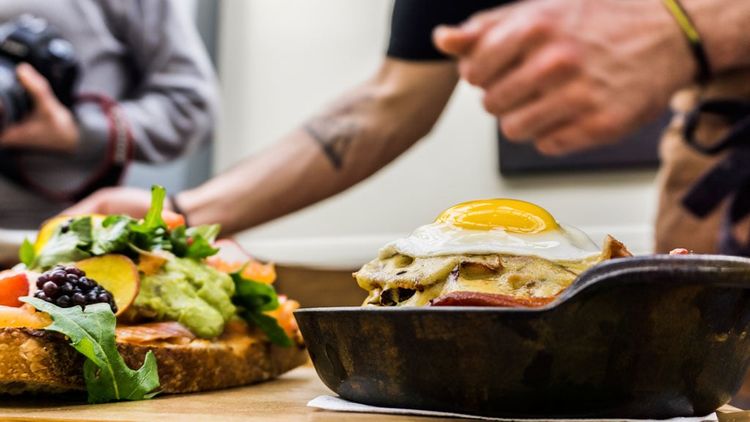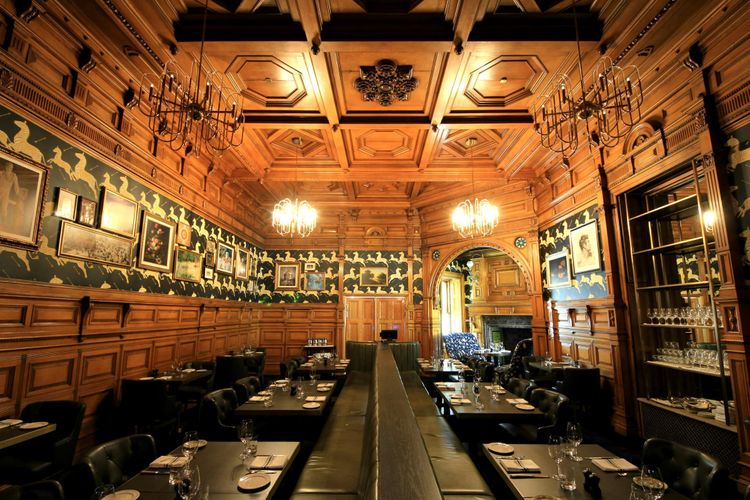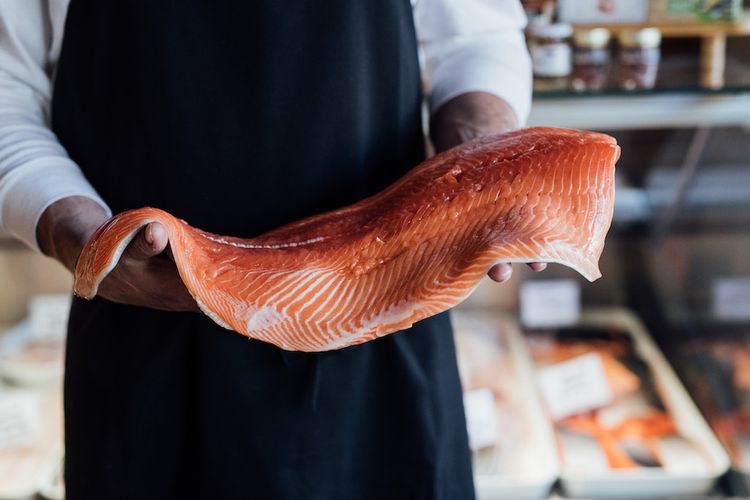Jean-Philippe Tastet: Where Curiosity Meets Taste
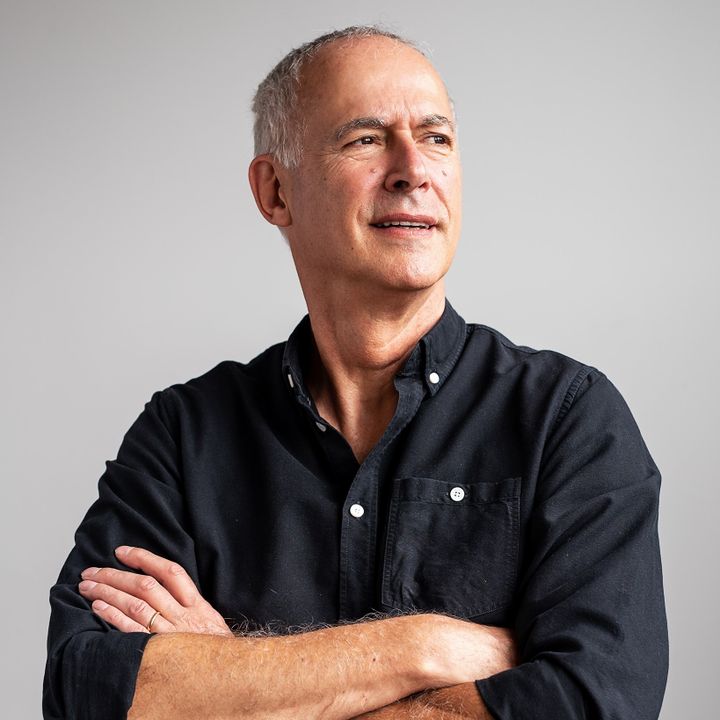
Jean-Philippe Tastet was born in Toulouse, “the national capital of rugby… and of the best cassoulet, ‘often imitated, never equaled.’” He grew up in Labastide-Murat, a small French village where he lived close to nature.
“We would fetch the milk just a few hours after the cows were milked,” he recalls.
He still vividly remembers the five-kilo loaves of bread, the vegetables picked fresh from the garden, and especially the delicious white asparagus.
“As a little boy, I was fascinated by the miracles my grandma could create with so little. We weren’t rich, not at all, but we always ate well. Her rabbit Provençal is still engraved in my memory, perfectly intact. The hours spent snapping green beans and shelling fresh peas from the garden, however, were a little less thrilling.”
It was there, in that simple and abundant environment, that his deep love for quality ingredients was born — a passion that remains unchanged to this day.
A Life of Culinary Travels for Jean-Philippe Tastet
He continued his studies in Gramat and then in Cahors. At 22, driven by an adventurous spirit, he left France for New Orleans (!)
It was 1978. Why? “Why not!”
There, he became a French teacher and quickly fell in love with the local cuisine: gumbo, jambalaya, dishes with crawfish. He loved the laid-back culture, the Creole heritage, the constant buzz, the jazz, and the rich cultural tapestry — with a hint of Canadian influence.
In 1979, he headed to Tehran (!), right in the midst of the revolution. Again, “Why not?”
Jean-Philippe’s insatiable curiosity and passion for discovery, open-mindedness, and meeting new people led him there. He taught French, learned Persian, and once again immersed himself in an entirely new culinary universe: airy rice, slow-cooked and flavorful dishes, the surprising habit of salting yogurt, and bergamot tea. He fell in love with this cuisine of patience, sharing, rich in spices and fragrances.
From 1980 to 1984, he moved to Toronto, still teaching French. There, he found some great restaurants, but they were too expensive for a teacher’s budget. So, he cooked a lot at home — especially for his students. In 1983, he met my mother and moved to Montreal. He immediately fell in love with the city, its culture, and eventually, its cuisine!
Jean-Philippe Tastet, Montreal and Food Criticism
“In 1984, Quebec’s gastronomic culture still seemed in its infancy. To my surprise, at the time, a good restaurant was often a French one.”
In 1985, he began working as a freelance writer at Le Devoir, where he became friends with Josée Blanchette, who introduced him to many culinary discoveries. In 1997, when she stepped down as the restaurant critic, she recommended Jean-Philippe Tastet as her successor.
At that time, restaurants like Le Globe dominated Montreal’s dining scene. By the early 2000s, Quebec cuisine began to assert itself. Normand Laprise led the charge at Citrus, then Toqué. Martin Picard followed with Au Pied de Cochon, and Frédéric Morin and David McMillan at Joe Beef. It was a cuisine that was bold, flavorful, creative, and unpretentious. “It was as if Quebec chefs had long suffered from an inferiority complex toward France, and now they were finally asserting themselves. Local products became king, marking the beginning of great Quebec gastronomy.”
Thanks to Normand, local sourcing circuits were established, putting Quebec producers on the map. The first restaurant Jean-Philippe officially reviewed was a lavish establishment on Peel Street, a multi-million-dollar project… which closed after a year.
At that time, critics held tremendous power. “I didn’t realize the force and impact of my opinion.”
He recalls figures like the late Françoise Keller (Madame Keller) at La Presse and Robert Beauchemin at Voir, who could close a restaurant with a single article. Jean-Philippe, however, preferred a gentler approach. “I mostly enjoyed highlighting people’s work, discovering places, and writing. I loved meeting passionate people, and that made them so interesting.”
In his entire career, he wrote only a few very negative reviews — he can count them on one hand. “There was no pleasure in doing that. When I did, it was with great seriousness… and regret.”
Did he always get it right? Of course not, but he always tried to be as fair as possible. When Olive et Gourmando opened, he wrote, “It’s beautiful, it’s good, but unfortunately, no one is going to pay $7.95 for a sandwich in Old Montreal.”
A year later, he admitted in a new article: “It happens that I put my foot in my mouth. The sandwich went up to $9.95… and it’s doing great because it’s really, really good!”
He has special memories of several culinary crushes: Éric Gonzalez at Hôtel de la Montagne (Lutetia), Patrice Demers at Les Chèvres, the self-taught Racha Bassoul at Anise, and discovering Mélanie Blanchette serving at Leméac. He also met his wife, Marie, during this time, with whom he continues to share his life today.
In 2007, the famous weekly Voir approached him. The owner, wanted to offer him the role of director for the Guide Restos Voir, which had become the gastronomic reference across Quebec. Jean-Philippe hesitated. “Why would I come to you when I can do whatever I want at Le Devoir, with charming, cultured colleagues who generously share their time and knowledge?”
The owner responded, “Because here, you’ll be read.” (laughs)
Le Devoir had tens of thousands of readers, while Voir reached several hundred thousand!
For five to six years, he coordinated a team of a dozen contributors across Quebec. What he loved most was still the human encounters — the people in the dining rooms, the people in the kitchens. It was during this time that he discovered, among others, Stéphane Modat in Quebec City. He was fascinated by the rise of gastronomy in the national capital.
In 2013, the model of the Guide Restos Voir changed: restaurants started offering gift certificates in exchange for visibility. While the newspaper gained revenue, it lost credibility. Jean-Philippe left upon hearing about the project and returned to Le Devoir. At the same time, he collaborated on a project for the Guide des 100 Tables Créatives from Infopresse, alongside Sylvie Berkowicz and an exceptional team. He loved their creativity, rigor, and passion.
The Beginnings of Tastet
That same year, I returned from Europe with the idea of launching Tastet.ca. He wasn’t too convinced. “A blog… it doesn’t bring in anything! And it takes up so much of my time.” In 2014, during my master’s in e-commerce, I came up with the slogan: “If it’s being talked about, it’s because it’s good.” My father remained skeptical. “She’ll soon realize it’s going nowhere…” (laughs) He likes things to be clear, concise, and structured, everything I am not!
In 2015, Jean-Philippe temporarily stepped away from the Tastet project, finding it difficult to envision his role in it. Too many differences in viewpoints between the two of us, and the challenge of managing too many projects at once. In 2017, he returned, this time with a more defined role and tasks.
He praises the energy of the team. “It’s incredibly dynamic working at Tastet. It aligns with my philosophy of life. We highlight the good, no need for negative reviews.” He enjoys working with this generation, with whom he could be a father… or even a grandfather. “There’s a different vibe. It’s very stimulating.”
Among his favorite spots: Mon Lapin, Moccione, L’Express, Byblos, San Gennaro, Barcola, in Sherbrooke, Bauman and in Quebec City, Le Clan of the super chef Stéphane Modat. Jean-Philippe Tastet has built a career around gastronomy, forged strong relationships with restaurateurs in Quebec, and earned the respect and admiration of the entire industry.
It’s thanks to him that this beautiful project started, that Tastet exists in the first place. Thanks to his love and admiration for local products, talented people, passion, and his respect for the culinary world.
Thank you, Dad. This is just the beginning 😉
Written by Jean-Philippe Tastet
Photography by Alison Slattery
